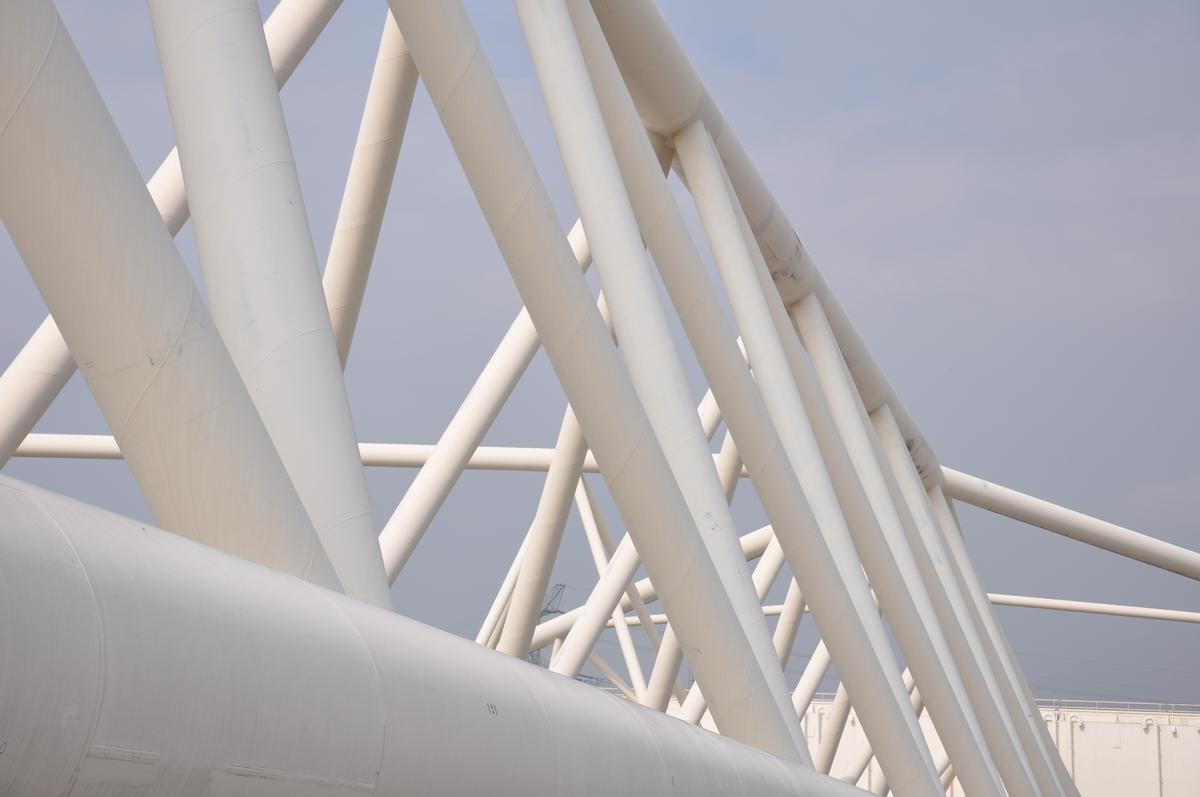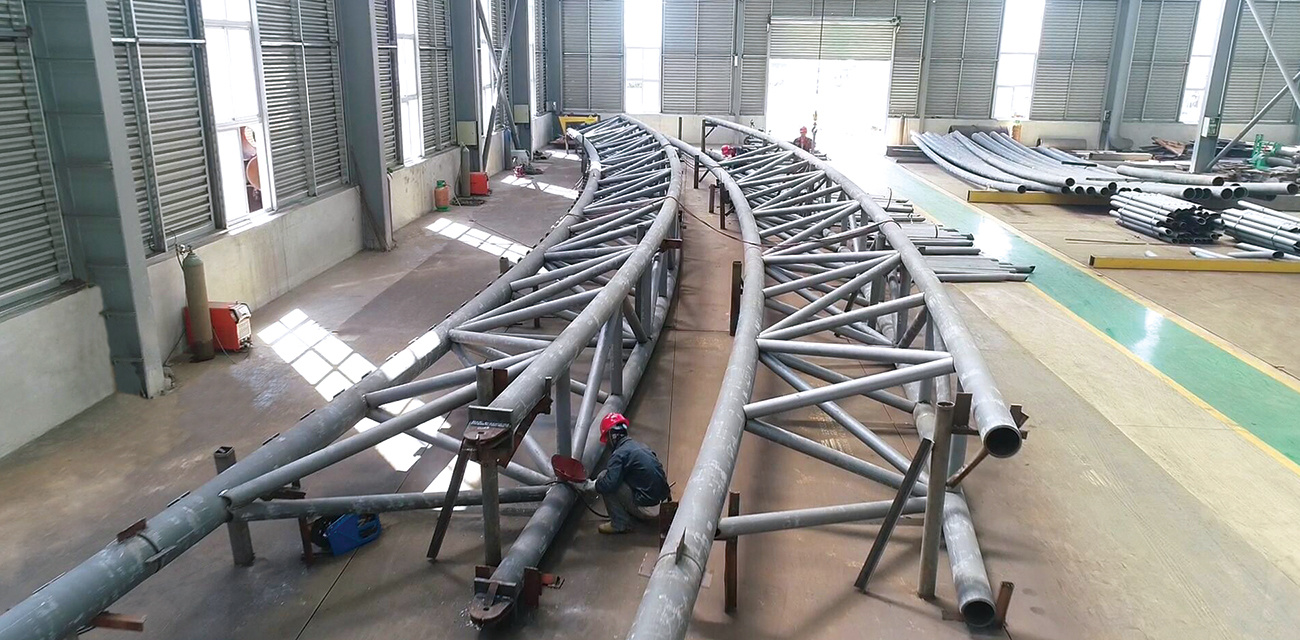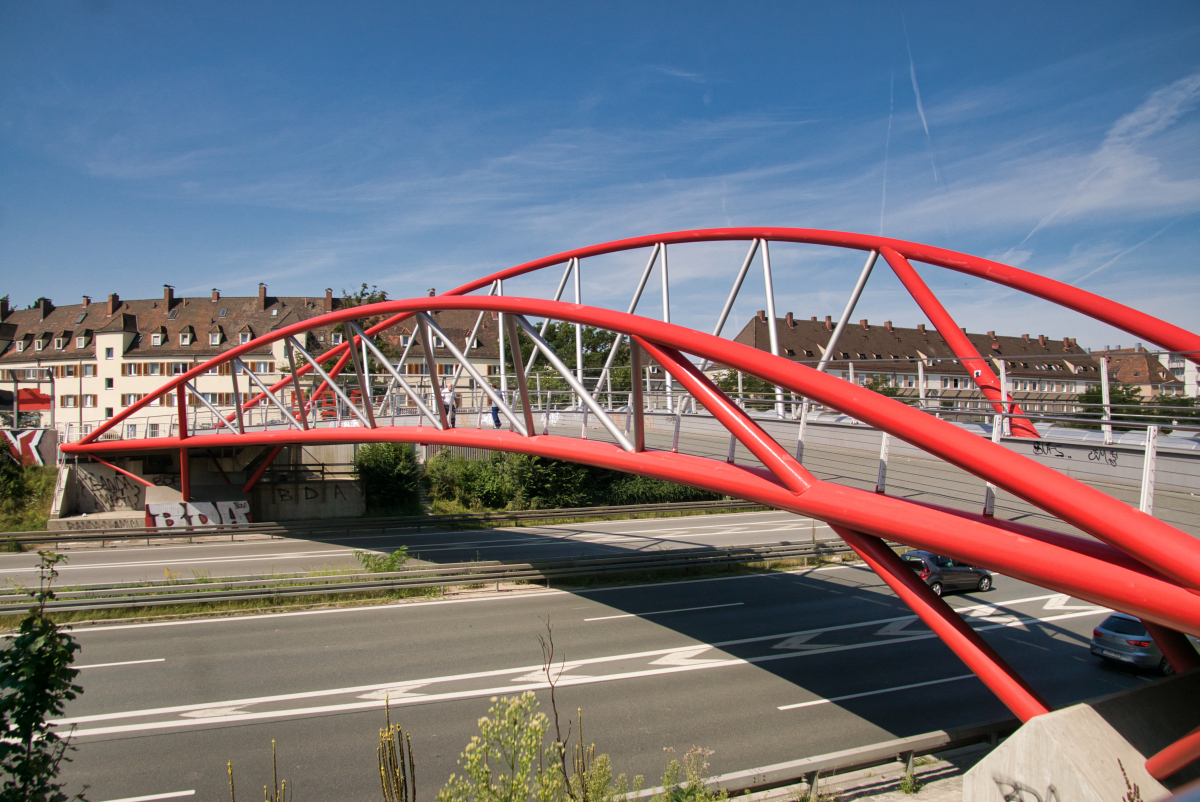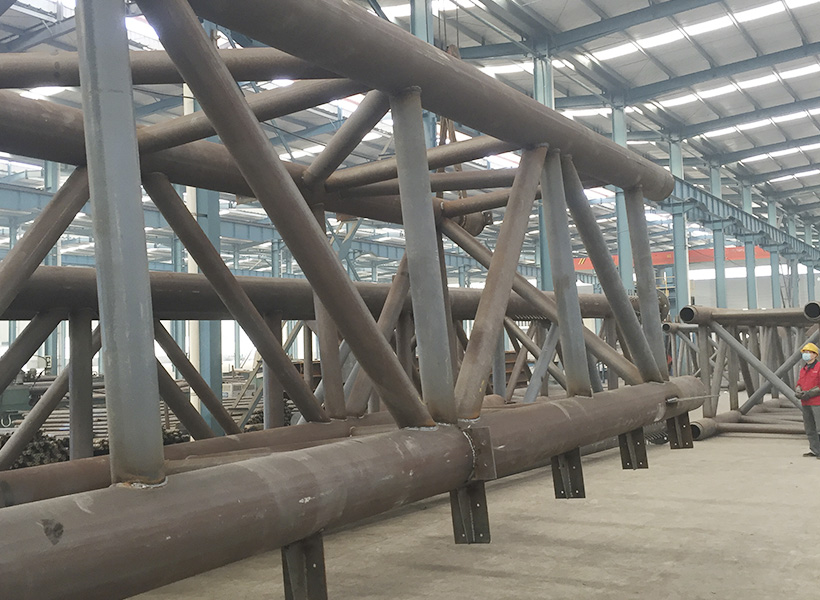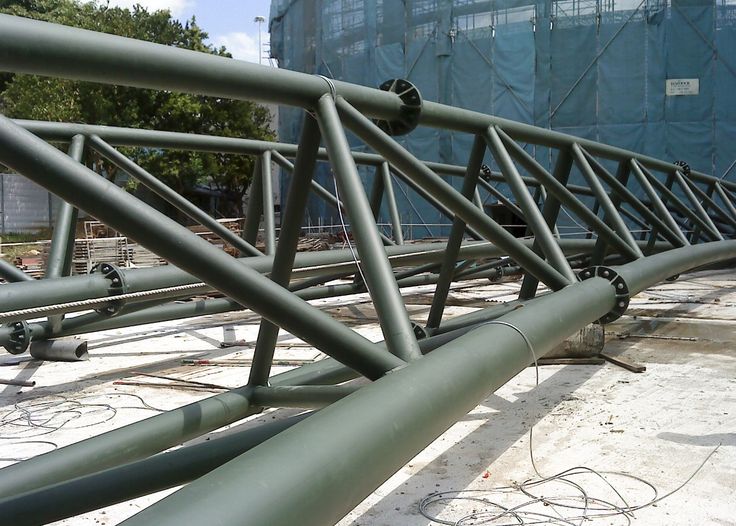Research of Large-Span Steel Pipe Truss Structures
Introduction
Large-span steel pipe truss structures are engineering marvels that enable the creation of expansive, open spaces without the need for intermediate supports. These structures are integral to the design of sports arenas, exhibition halls, airports, and other facilities where unobstructed space is a priority. This research delves into the design, analysis, and construction of large-span steel pipe truss structures, exploring the engineering principles, challenges, and innovations that define this field.
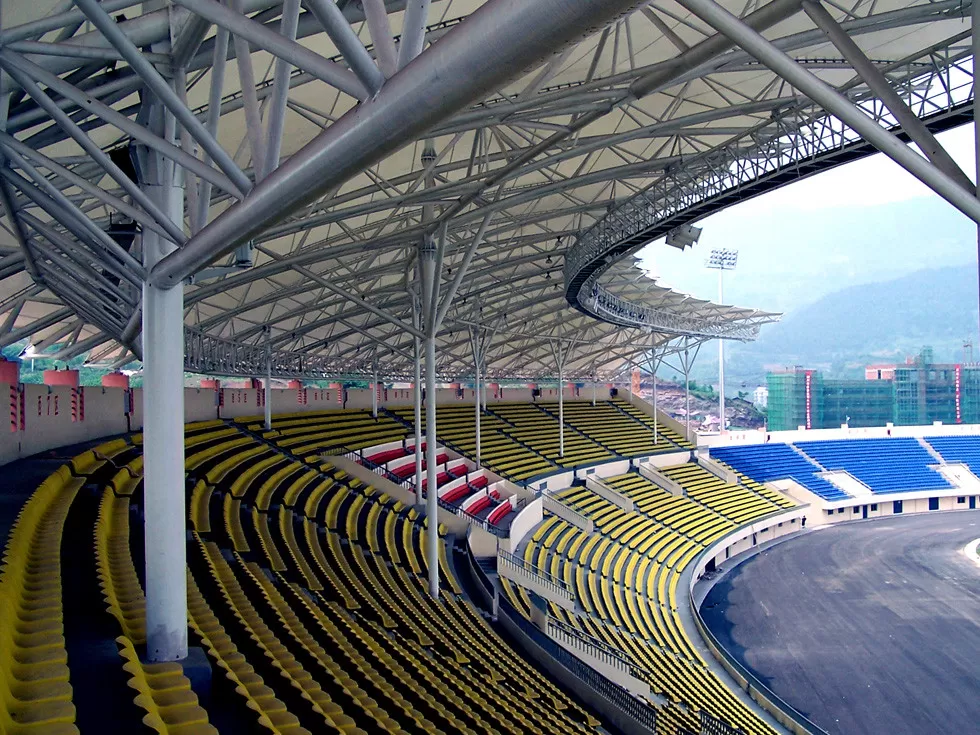
1. Understanding Large-Span Steel Pipe Truss Structures
1.1 Definition and Characteristics
- Steel Pipe Truss Structures: These are frameworks composed of interconnected steel pipes, forming a rigid and lightweight structure. The pipes are arranged in triangular units to provide stability and distribute loads efficiently.
- Large-Span Structures: Defined by their ability to span significant distances without intermediate supports, large-span structures are characterized by their expansive open spaces and minimal material usage.
1.2 Applications
- Sports Arenas and Stadiums: Large-span trusses are used to support roofs and canopies, providing unobstructed views and accommodating large crowds.
- Exhibition Halls and Convention Centers: These structures require vast open spaces to host events, exhibitions, and conferences.
- Airports and Transportation Hubs: Large-span trusses support terminal roofs, creating spacious and welcoming environments for travelers.
2. Design Principles
2.1 Structural Design
- Load Distribution: The design of large-span trusses focuses on efficient load distribution. The triangular configuration of the truss elements ensures that loads are transferred through axial forces, minimizing bending and shear stresses.
- Material Selection: High-strength steel is typically used to achieve the necessary strength and stiffness while minimizing weight. The choice of material also considers factors such as corrosion resistance and cost.
- Geometry and Configuration: The geometry of the truss, including the arrangement and size of the pipes, is optimized to achieve the desired span and load-bearing capacity. Common configurations include Pratt, Warren, and K-trusses.
2.2 Aesthetic and Functional Considerations
- Architectural Integration: The truss design must align with the architectural vision of the project, balancing structural requirements with aesthetic goals.
- Functional Requirements: The design must accommodate functional requirements such as lighting, ventilation, and acoustics, integrating these elements seamlessly into the structure.
3. Analysis and Simulation
3.1 Structural Analysis
- Finite Element Analysis (FEA): Advanced software tools are used to perform finite element analysis, simulating the behavior of the truss under various load conditions. This analysis helps identify potential stress concentrations and optimize the design.
- Dynamic Analysis: Large-span structures are subject to dynamic loads such as wind, earthquakes, and vibrations. Dynamic analysis assesses the structure’s response to these loads, ensuring stability and safety.
3.2 Load Testing and Validation
- Scale Models: Physical scale models of the truss may be constructed and tested to validate the design and identify any unforeseen issues.
- Full-Scale Testing: In some cases, full-scale testing of the truss or its components is conducted to verify performance and ensure compliance with safety standards.
4. Construction Techniques
4.1 Fabrication and Assembly
- Prefabrication: Truss components are often prefabricated off-site in controlled environments, ensuring precision and quality. Prefabrication also reduces on-site construction time and costs.
- Modular Assembly: The truss is assembled in modules, which are then transported to the construction site and connected. This approach simplifies logistics and minimizes disruption.
- Welding and Connections: High-quality welding and secure connections are critical to the integrity of the truss. Skilled welders and advanced techniques ensure strong, reliable joints.
4.2 Erection and Installation
- Cranes and Lifting Equipment: Large cranes and specialized lifting equipment are used to position and install the truss modules. Careful planning and coordination are required to ensure safety and efficiency.
- Temporary Supports: Temporary supports or shoring may be used during installation to stabilize the structure until all connections are secured.
5. Challenges and Innovations
5.1 Challenges
- Complex Design and Analysis: The design and analysis of large-span trusses are complex, requiring advanced tools and expertise to ensure safety and performance.
- Material and Cost Constraints: Balancing material selection with cost considerations is a challenge, particularly for projects with tight budgets.
- Construction Logistics: The logistics of transporting and assembling large truss components can be challenging, particularly in urban or remote locations.
5.2 Innovations
- Advanced Materials: The development of high-strength, lightweight materials expands the possibilities for large-span truss designs, enabling longer spans and more complex geometries.
- Sustainability: Innovations in sustainable design and construction practices reduce the environmental impact of large-span structures, incorporating recycled materials and energy-efficient systems.
- Digital Tools and Automation: The use of digital design tools, automation, and robotics enhances precision and efficiency in both design and construction.
Conclusion
Large-span steel pipe truss structures represent the pinnacle of engineering and architectural collaboration, enabling the creation of expansive, open spaces that inspire and serve diverse functions. Through advanced design, analysis, and construction techniques, these structures achieve remarkable strength, flexibility, and aesthetic appeal. As technology and materials continue to evolve, the capabilities and applications of large-span trusses will expand, offering new possibilities in the built environment. If you have any more questions or need further details, feel free to ask!

